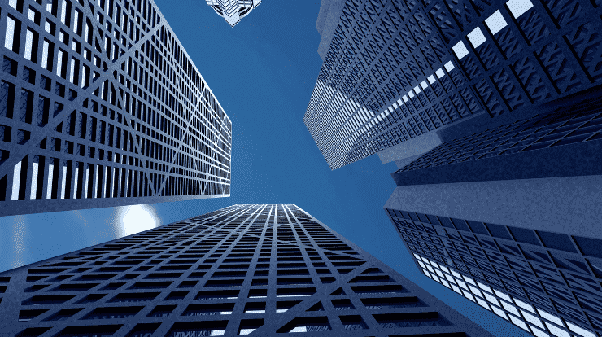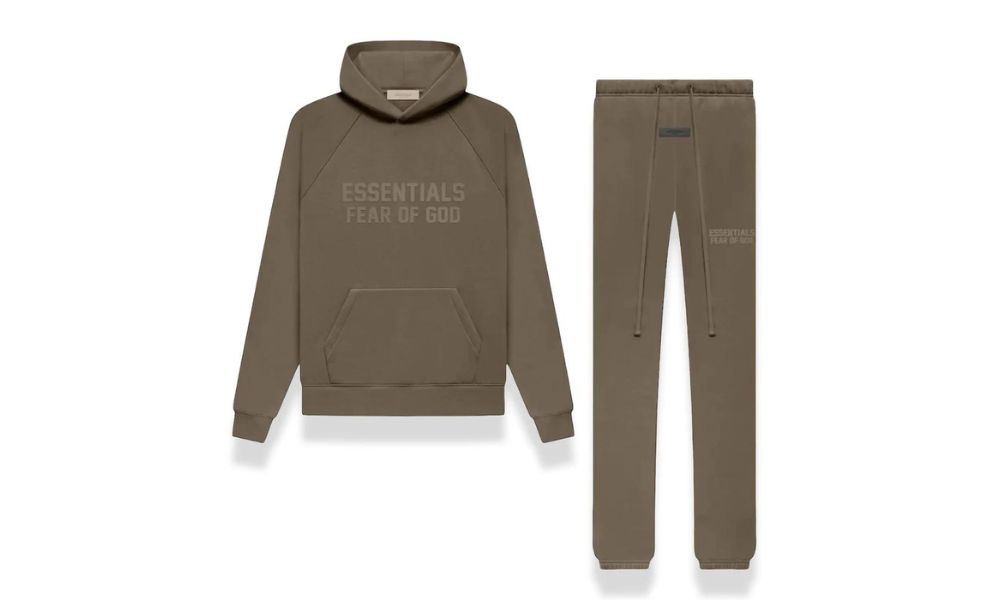Dubai is known for its ambitious architectural projects, many of which require careful planning to withstand extreme weather conditions, including intense heat, sandstorms, and rare but heavy rainfall.
3D projection mapping on architectural scale models Dubai has become a crucial tool for simulating different weather conditions, allowing architects, urban planners, and engineers to test and refine their designs before construction begins.
This article explores how weather simulation works with 3D projection mapping, its applications, benefits, challenges, and future potential in Dubai’s rapidly evolving built environment.
1. Understanding 3D Projection Mapping for Weather Simulation
What Is 3D Projection Mapping?
3D projection mapping is a visual technology that overlays digital animations onto physical objects, such as architectural scale models, to create dynamic, interactive, and realistic visualizations. It enhances traditional static models by adding motion, lighting effects, and environmental interactions.
How Does Weather Simulation Work?
In weather simulation, 3D projection mapping recreates various atmospheric conditions on an architectural scale model by projecting:
- Sunlight movement and shading throughout the day
- Wind flow patterns and their effect on structures
- Rainfall and water drainage behavior
- Fog and humidity levels for visibility studies
- Extreme weather conditions such as sandstorms and storms
By integrating real-time weather data and AI-driven predictive models, developers can analyze how buildings and urban spaces will react to Dubai’s harsh climate.
2. Applications of Weather Simulation with 3D Projection Mapping in Dubai
A. Sunlight and Shadow Analysis
Dubai’s hot desert climate requires architects to optimize building orientation and shading to minimize heat absorption and maximize cooling efficiency.
Key Uses in Sunlight Simulation:
- Tracking sun movement to identify high-exposure areas
- Simulating different times of the day and seasons to study natural light distribution
- Assessing glare issues for glass facades and skyscrapers
- Testing shading solutions such as smart louvers, green roofs, and facade materials
For example, projects like The Museum of the Future use sun path analysis to enhance energy efficiency by reducing excessive heat gain.
B. Wind Flow and Aerodynamic Testing
Dubai’s skyscrapers, such as Burj Khalifa and Ciel Tower, must withstand strong wind forces at high altitudes. 3D projection mapping can simulate wind behavior around structures, ensuring stability and safety.
Key Uses in Wind Simulation:
- Analyzing airflow around high-rise buildings to prevent wind tunnels
- Testing rooftop and balcony designs for wind resistance
- Optimizing urban layouts to enhance natural ventilation
- Studying impact on pedestrian comfort in open spaces
This is crucial for projects like Dubai Creek Tower, where wind analysis helps engineers determine the feasibility of ultra-tall structures.
C. Rainfall and Water Drainage Simulation
Although Dubai receives minimal rainfall, when it does occur, it can lead to flash flooding due to the city’s dense urban landscape. 3D projection mapping helps developers test how water interacts with buildings and streets.
Key Uses in Rainfall Simulation:
- Identifying flood-prone areas in city planning
- Testing water drainage efficiency on roads, rooftops, and landscapes
- Optimizing stormwater management to prevent waterlogging
- Enhancing irrigation planning for desert landscaping
For example, The Dubai Rain Enhancement Project uses simulation data to design better water management solutions for urban and agricultural use.
D. Sandstorm and Dust Behavior Analysis
Sandstorms are a significant concern in Dubai, affecting air quality, visibility, and building maintenance. 3D projection mapping visualizes how sand accumulates and moves through urban areas.
Key Uses in Sandstorm Simulation:
- Testing facade resistance to dust accumulation
- Developing air filtration strategies for skyscrapers and metro stations
- Studying sand deposition patterns for desert developments
- Enhancing design elements such as wind barriers and green belts to reduce dust movement
This is particularly important for projects in Dubai South and Al Marmoom Desert Conservation Reserve, where sand resilience is critical.
E. Extreme Weather and Climate Change Adaptation
As global climate change impacts Dubai’s weather, future-proofing buildings against rising temperatures and potential extreme storms is essential. 3D projection mapping can simulate these scenarios.
Key Uses in Climate Change Resilience:
- Predicting long-term temperature impacts on building materials
- Testing cooling technologies like reflective coatings and green facades
- Simulating storm surges for waterfront developments
- Modeling urban heat islands and designing cooling strategies
Dubai’s Sustainable City integrates climate-resilient design, and weather simulation using projection mapping plays a role in shaping eco-friendly architecture.
3. Benefits of Using 3D Projection Mapping for Weather Simulation in Dubai
A. Realistic and Interactive Presentations
Developers, investors, and government officials can visually experience weather effects in real time, leading to better decision-making.
B. Cost-Effective Testing Before Construction
Instead of making costly design changes after construction, early-stage weather simulation helps refine structures before building begins.
C. Improved Safety and Structural Integrity
By testing designs against wind, heat, and extreme conditions, engineers can enhance building stability and reduce risks.
D. Energy Efficiency and Sustainability
Weather-responsive designs help reduce energy consumption, making buildings more sustainable and environmentally friendly.
E. Compliance with Dubai’s Regulations
Dubai has strict building codes for heat resistance, wind loads, and stormwater management. 3D projection mapping helps developers comply with these regulations seamlessly.
4. Challenges of Weather Simulation Using 3D Projection Mapping
A. Projection Accuracy in Complex Urban Environments
Simulating weather effects on dense urban areas requires highly precise projections and advanced AI algorithms.
B. High Initial Setup Costs
Advanced 3D projection mapping systems can be expensive, but they offer long-term benefits in risk reduction and design optimization.
C. Need for Continuous Data Updates
Weather patterns change over time. Keeping simulation data up-to-date requires integration with real-time weather monitoring systems.
D. Limitation in Micro-Scale Weather Effects
While projection mapping can simulate macro weather trends, fine details like interior humidity variations may require additional sensors and AI modeling.
5. Future of Weather Simulation with 3D Projection Mapping in Dubai
A. AI-Driven Real-Time Weather Simulations
Future projection mapping will integrate AI and machine learning to provide instant weather updates based on real-time climate data.
B. Virtual Reality (VR) Integration
Combining VR with 3D projection mapping will allow stakeholders to walk through weather simulations in fully immersive experiences.
C. Smart City Integration
Dubai’s Smart City initiatives will use weather-responsive architectural designs, ensuring better adaptation to climate change.
D. Predictive Climate Modeling for Future Developments
By forecasting long-term climate shifts, Dubai can plan for sustainable, heat-resistant, and flood-proof developments.
Final Thoughts
Yes, 3D projection mapping on architectural scale models can effectively simulate various weather conditions in Dubai, helping developers, engineers, and city planners optimize designs for climate resilience and sustainability.
From sunlight and wind analysis to rainwater management and sandstorm behavior, this technology is revolutionizing architectural visualization in real estate, urban planning, and infrastructure development. As Dubai continues to push the boundaries of smart city innovation, weather simulation using 3D projection mapping will play an even greater role in shaping the city’s future.




